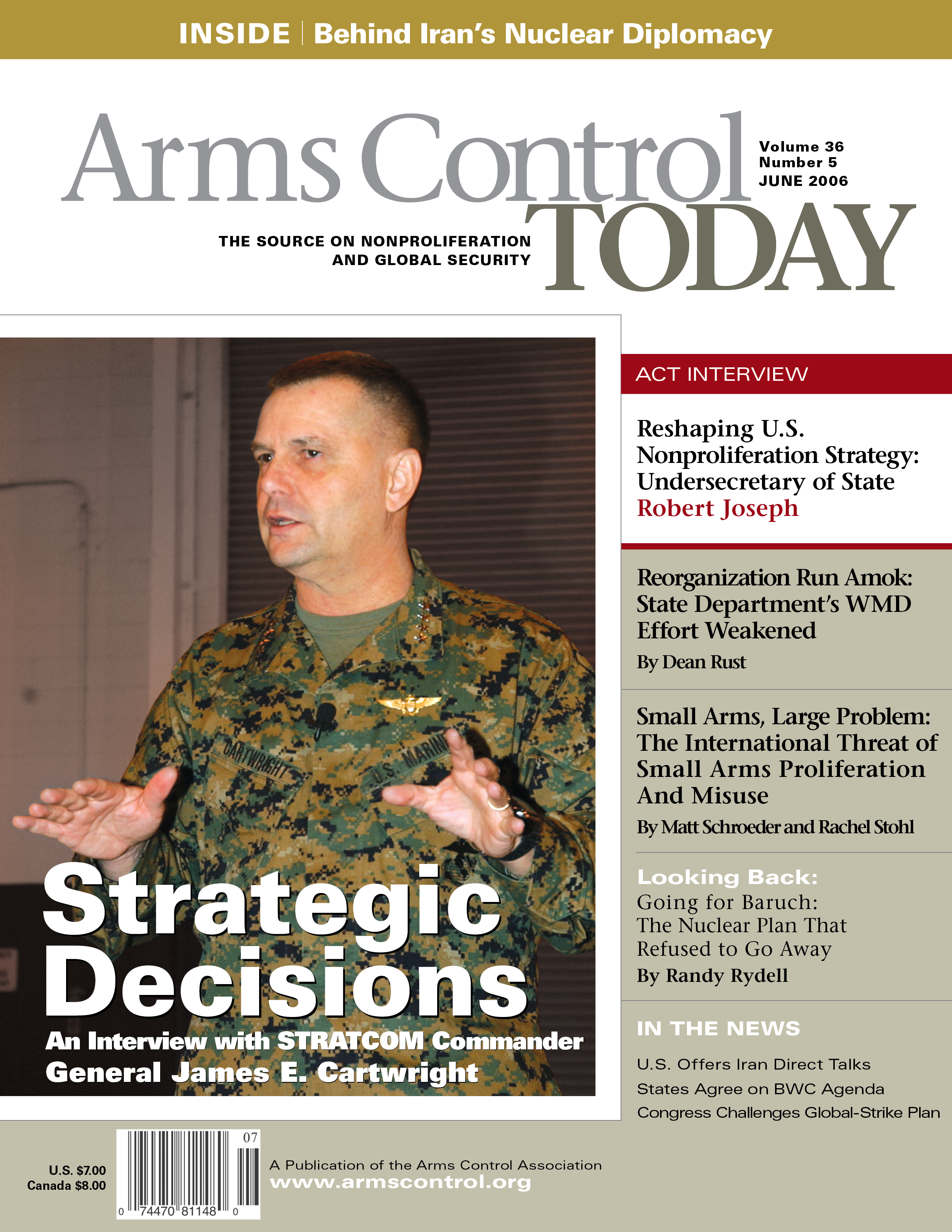"I find hope in the work of long-established groups such as the Arms Control Association...[and] I find hope in younger anti-nuclear activists and the movement around the world to formally ban the bomb."
June 2006
Edition Date
Cover Image

Authored by on October 18, 2016
Authored by on June 1, 2006
Authored by on June 1, 2006
Authored by on June 1, 2006
Authored by on June 1, 2006
Authored by on June 1, 2006
Authored by on June 1, 2006
Authored by on June 1, 2006
Authored by on June 1, 2006
Authored by on June 1, 2006
